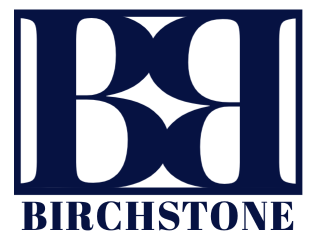When it comes to investing in multifamily properties, there are two main approaches: active and passive. Active investing involves actively managing the property, while passive investing typically involves investing in a property through a syndicate or real estate investment trust (REIT).
Both approaches have their pros and cons, and the right choice for you will depend on your goals, risk tolerance, and investment style.
Active Multifamily Investing
Active multifamily investing is buying and managing a multifamily property yourself. This can be a great way to generate cash flow and build wealth over time, but it also requires significant time and effort. As the property owner, you will be responsible for finding and vetting tenants, collecting rent, and maintaining the property.
You will also need to have a good understanding of local real estate markets and be able to navigate the legal and financial aspects of owning a property. One of the biggest advantages of active multifamily investing is that you have direct control over the property and can make decisions that will increase your cash flow and property value.
For example, you can renovate the property to increase rents or make energy-efficient improvements that will lower your operating costs. Additionally, active multifamily investing can be a great way to build a long-term investment portfolio and create passive income streams that will last for decades.
However, active multifamily investing also comes with several downsides. It can be time-consuming and requires a significant amount of effort and expertise. Additionally, you will be responsible for dealing with tenants, which can be difficult and stressful. And, if you're not familiar with local real estate markets, it could be hard to find the right property and make the best decision.
Passive Multifamily Investing
On the other hand, passive multifamily investing involves investing in a property through a syndicate or REIT. This approach is much less hands-on than active investing, as a professional team manages the property. As an investor, you will typically receive a share of the property's cash flow and/or profits, but you will not be responsible for day-to-day management.
One of the most significant advantages of passive multifamily investing is that it is much less time-consuming and requires less expertise than active investing. Additionally, you can invest in properties in different markets, which can help diversify your portfolio and reduce risk.
And, if you invest in a REIT, you can benefit from the economies of scale that come with owning a large portfolio of properties. However, passive multifamily investing also comes with many downsides. One of the biggest is that you have less control over the property and may not have as much influence over your investment decisions.
Additionally, you will typically have to pay higher fees and may not earn as much cash flow as you would with active investing. In conclusion, both active and passive multifamily investing have pros and cons, and the right choice for you will depend on your goals, risk tolerance, and investment style.
If you're looking for a hands-on investment that can generate cash flow and build wealth over time, active multifamily investing may be the right choice. On the other hand, passive multifamily investing may be the way to go if you're looking for a more passive investment that requires less time and expertise.
